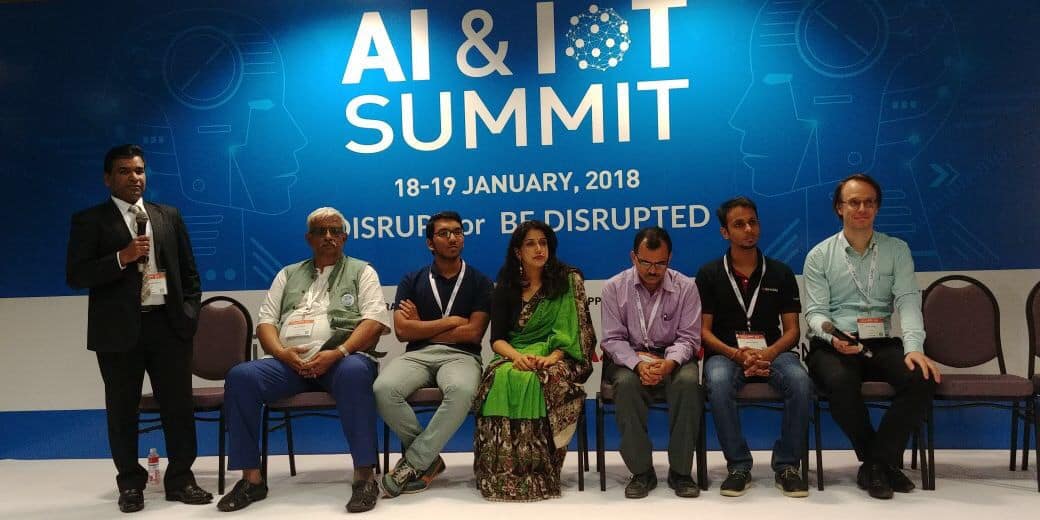A Note from the GEO4SDGs Conference
“To fully take advantage of the vast amount of geospatial data from new sources, we should invest in ourselves on the AI and machine learning techniques, or develop a technical partnership.”

Between 18-19 January, Chandrashekhar Biradar, the CSI Representative at ICARDA, participated the GEO4SDGs conference in Hyderabad, India, and made a presentation on the topics of artificial intelligence (AI) and the Internet of Things (IoT) for inclusive agro-ecosystems in the context of sustainable development.
Coming back from the conference, Chandrashekar noted that:
- It was a good conference! Lots of interesting sessions around the topics of using geospatial technologies to support a broad SDG agenda. There were many discussion specifically around the trends and technologies in AI and IoT. These will play a key role in the collection of new spatially-explicit data and empower analytics.
- Throughout the conference, despite being the venue of gathering expertise from the geospatial sector, the notions of big data and machine learning algorithm were very commonly discussed in most talk and discussions. Questions like “How AI and IoT along with geospatial data can help solving the development problems and making better decisions?” were repeatedly asked.
- He chaired and spoke at a session in the AI & IoT Summit, where six speakers discussed around the applications in agriculture, real-time mapping, smart embedded technology, big-data, connected farms, weather analytics, data mining and spatial statistics.
Chandra’s note reinforces our discussion at the Big Data Convention in Cali last September. To fully take advantage of the vast amount of geospatial data from new sources, we should invest in ourselves on the AI and machine learning techniques, or develop a technical partnership. Either way, we should get ready!
Chandra’s full presentation is available here: Chandra Biradar (ICARDA) 2018 – AI and IoT in Agriculture (19 Jan).




